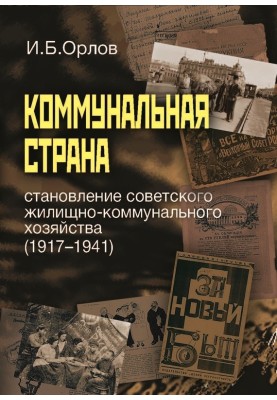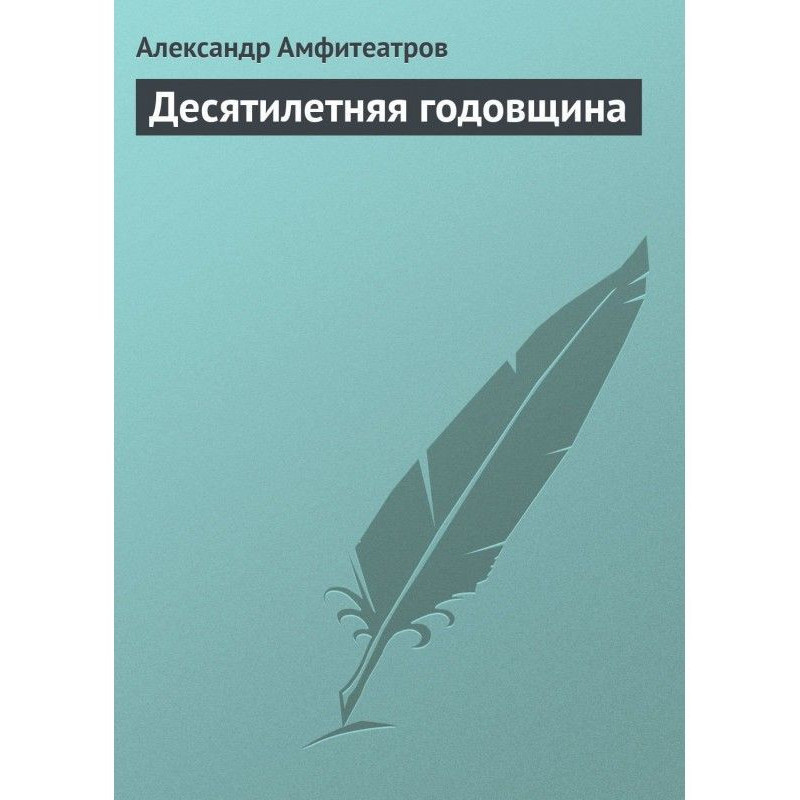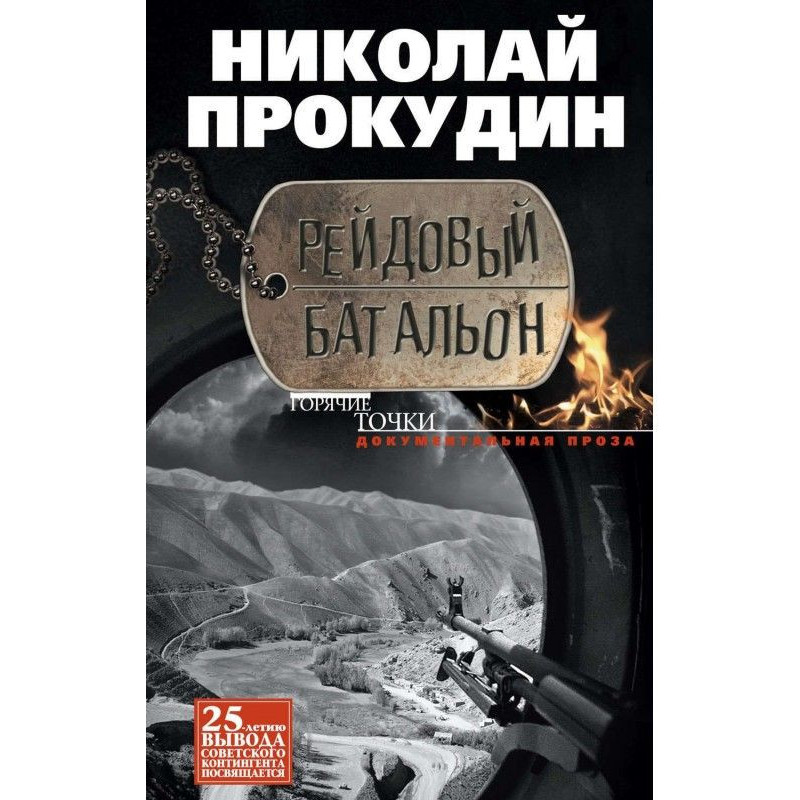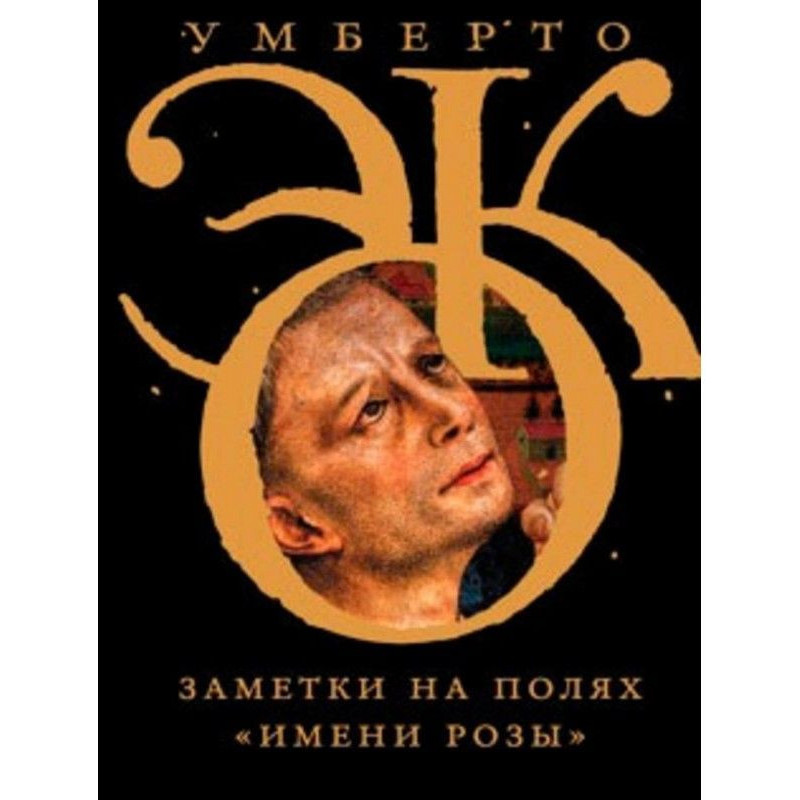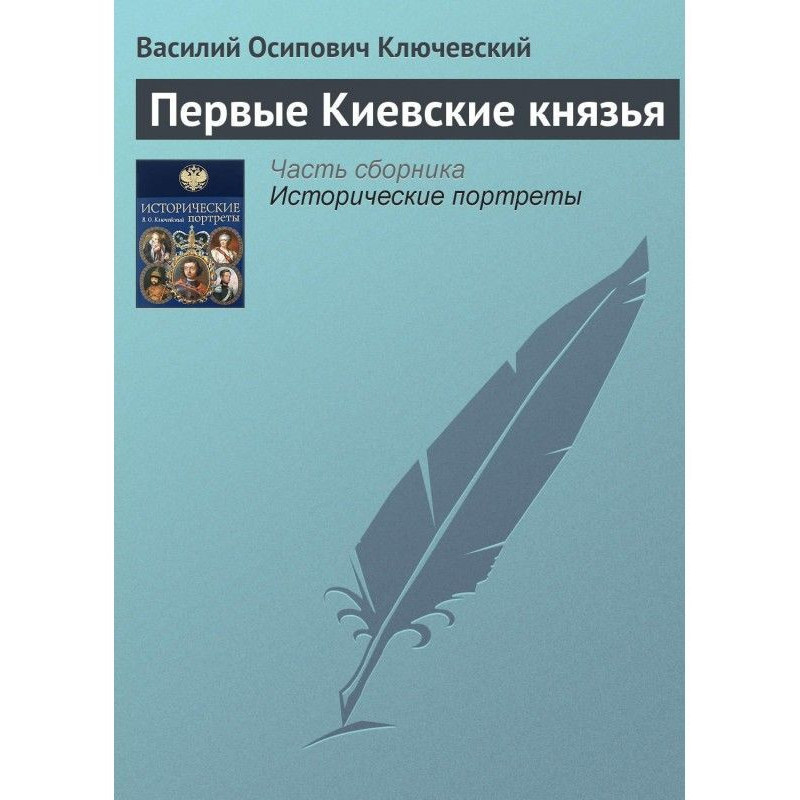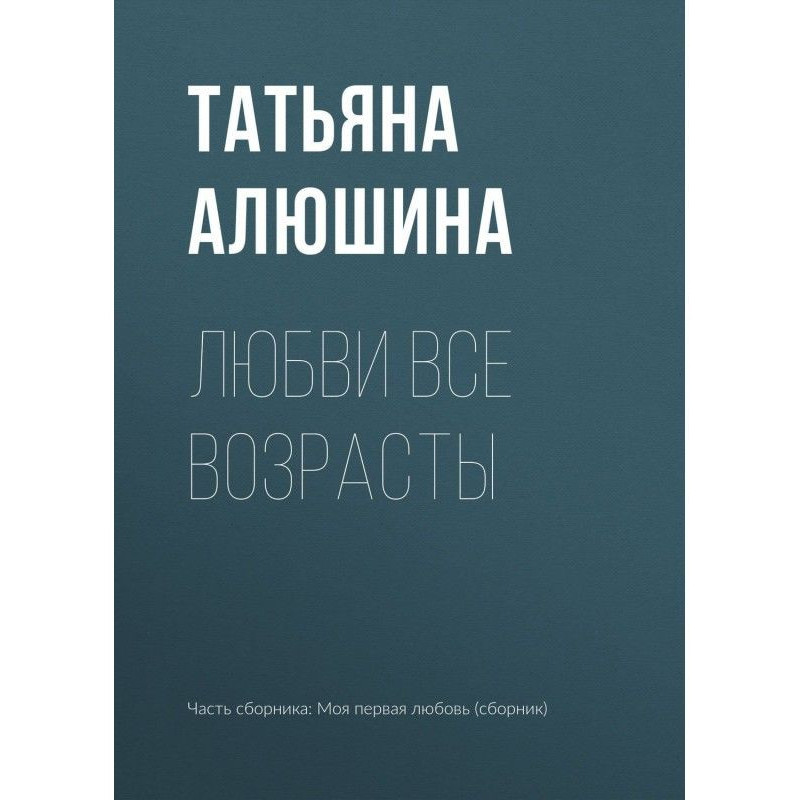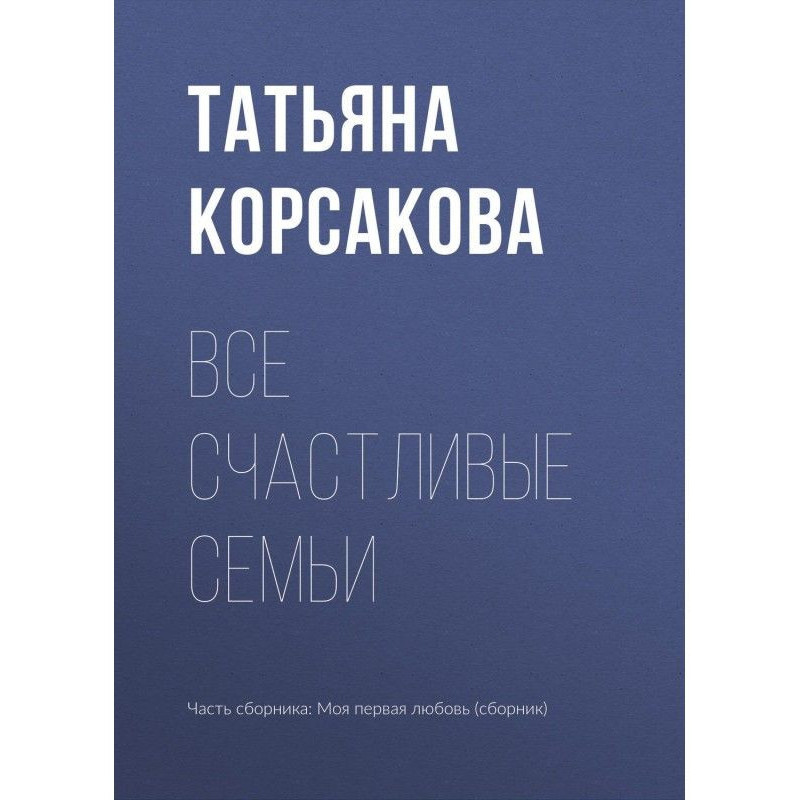Communal country: the formation of the Soviet housing and communal services (1917–1941)
 Instant download
Instant download
after payment (24/7)
 Wide range of formats
Wide range of formats
(for all gadgets)
 Full book
Full book
(including for Apple and Android)
In the book, Doctor of Historical Sciences, Professor of the National Research University Higher School of Economics, I.B. Orlov reconstructs the process of formation and development of the Soviet public utilities between the two world wars. For the first time, based on archival documents, periodical press materials, personal sources (diaries, memoirs, letters to government institutions) and photographic documents, it is shown how the idea of a communal hostel was implemented in practice. The formation of housing and communal services as a national system is revealed in the context of the implementation of several models of social development: war communism, NEP and Stalinist modernization. The book continues the historiographical tradition of recent years, which is characterized by an appeal to everyday stories and everyday practices of ordinary people. As a result, the history of Soviet housing and communal services appears from two sides: as a set of institutions and the relationship with them of various layers of the urban population. For a wide range of representatives of social and humanitarian knowledge, as well as everyone interested in Soviet history.
Data sheet
- Name of the Author
- Игорь Орлов Борисович
- Language
- Ukrainian
- Release date
- 2015
Reviews
Вражаюче дослідження радянського житлово-комунального господарства!
Книга І.Б. Орлова "Комунальна країна: становлення радянського житлово-комунального господарства (1917–1941)" є важливим внеском у вивчення радянської історії, адже вона детально реконструює процес формування комунального господарства в Україні в міжвоєнний період. Автор використовує широкий спектр архівних документів, що робить його дослідження надзвичайно цінним для науковців та істориків. Особливо вражає, як Орлов зумів поєднати теоретичні аспекти з практичними прикладами, показуючи, як ідеї комунального гуртожитку реалізовувалися на практиці. Книга не лише розкриває структуру радянського ЖКГ, але й демонструє, як різні верстви населення взаємодіяли з цими інститутами. Це дослідження стане корисним не лише для фахівців, але й для всіх, хто цікавиться соціальною історією та побутом радянських людей. Хоча переклад тексту місцями може бути недосконалим, це не зменшує цінності самої роботи. Рекомендую всім, хто прагне зрозуміти складні соціальні процеси радянської епохи!

